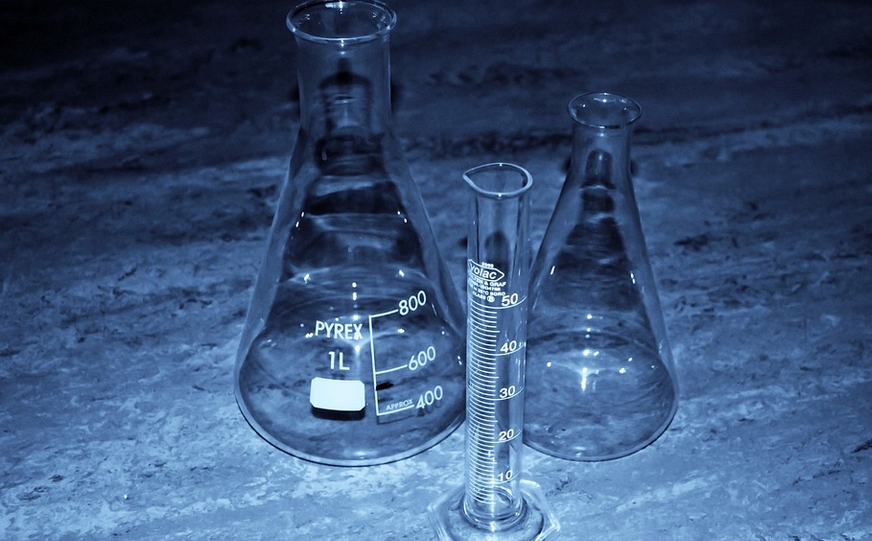Introduction
Soap has been used for centuries to clean and sanitize the body and household items. But have you ever wondered about the chemistry behind soap? Soap is a unique chemical compound that has both hydrophilic and hydrophobic properties, which allow it to remove dirt and oil from surfaces. In this article, we will explore the chemistry of soap and how it works.
What is Soap?
Soap is a mixture of sodium or potassium salts of fatty acids. Fatty acids are long chains of hydrocarbons with a carboxyl group at one end. The most commonly used fatty acids in soap making are lauric acid, palmitic acid, and stearic acid. These fatty acids are derived from natural sources such as coconut oil, palm kernel oil, and animal fats.
How is Soap Made?
Soap is made through a process called saponification. Saponification is the process of combining a fat or oil with an alkali, such as sodium hydroxide or potassium hydroxide, to produce soap and glycerin. The process involves breaking down the fatty acids in the fat or oil and reacting them with the alkali to produce soap.
How Does Soap Work?
Soap works by having both hydrophilic and hydrophobic properties. The hydrophilic part of soap is attracted to water, while the hydrophobic part is attracted to dirt and oil. When soap is applied to a surface, the hydrophobic part of the soap molecule attaches to the dirt and oil, while the hydrophilic part of the soap molecule remains in contact with water. This allows the dirt and oil to be lifted from the surface and washed away with water.
Types of Soap
There are many types of soap available, including bar soap, liquid soap, and body wash. Each type of soap has its own unique formula and properties. For example, bar soap is typically made with a higher percentage of sodium hydroxide, which makes it harder and more durable. Liquid soap, on the other hand, typically has a lower percentage of sodium hydroxide and may contain added moisturizers or fragrances.
Benefits of Using Soap
Soap has many benefits, including its ability to clean and sanitize surfaces. Soap is also gentle on the skin and can help to maintain the skin’s natural oils. Additionally, soap is an environmentally friendly alternative to harsh chemical cleaners and can be made from natural, renewable resources.
Conclusion
In conclusion, the chemistry of soap is a fascinating topic that has been studied for centuries. Soap is a unique chemical compound that has the ability to remove dirt and oil from surfaces while remaining gentle on the skin. By understanding the chemistry of soap, we can better appreciate the role it plays in our daily lives.

